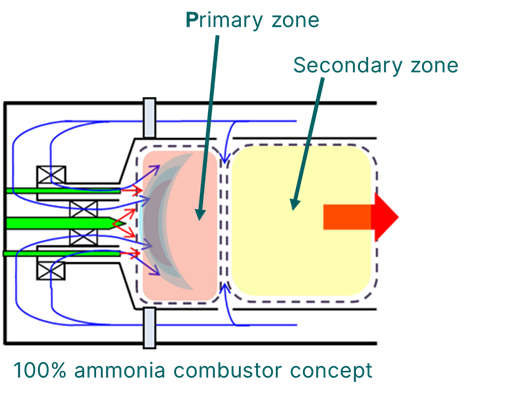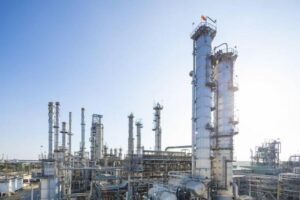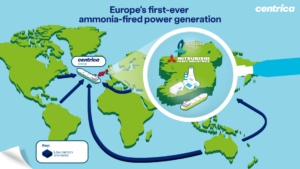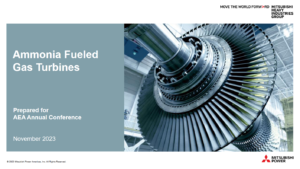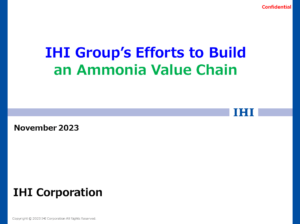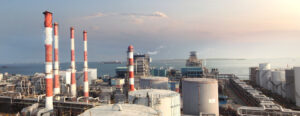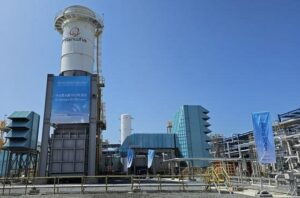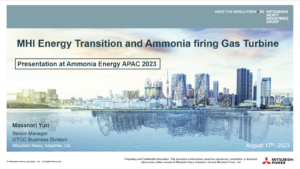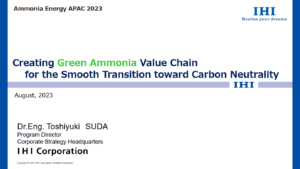GE, IHI progress ammonia gas turbine technology roadmap
GE Vernova and IHI Corporation will proceed to the engineering and testing phase for their ammonia gas turbine roadmap for Asia. Based on their efforts in 2022 to demonstrate a low-N2O combustor for a 2 MW, 100% ammonia-fired turbine, IHI will lead development of a two-stage combustor for larger-scale gas turbine models.
